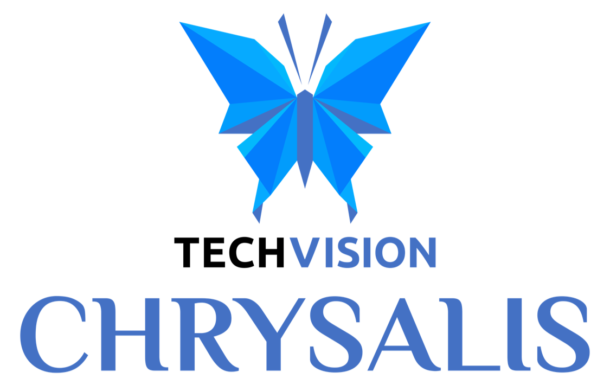
To receive an excerpt of this report, please fill out the following:
Graph Databases, GraphQL, and IAM
Authors
Doug Simmons – Principal Consulting Analyst
Archie Reed – Principal Consulting Analyst
Abstract
The Digital Enterprise requires speed, scale and contextual awareness across increasingly complex and diverse relationships. The Lightweight Directory Access Protocol (LDAP) has been the standard for Identity and Access Management (IAM)-centric enterprise directories for 30 years. LDAP relies on a hierarchical data model that begins with a top-level root entry, then moves to subordinate branches and ends in leaf nodes.
LDAP has traditionally supported security operations by querying authentication and authorization attributes to make informed security decisions. The current and future challenge is the requirement for an increasingly larger array of context signals (identity attributes, devices, location, source, etc.) that, in turn, lead to complex LDAP database structures, and often result in the need to use meta- or virtual-directory solutions.
As a result, vendors have long been investigating the use of non-hierarchical database models – most notably the RDBMS to support scaling directories by attaching it to a highly performant, replication-ready databases The challenge is that relational databases also introduce complexity related to efficiently joining data across numerous rows and tables during runtime authentication and authorization processing.
This, in turn, has led to the investigation of other database alternatives, most notably GraphQL and graph databases. A graph database uses graph structures for semantic queries with nodes, edges, and properties to represent and store data.The “graph” relates the data items to a collection of nodes and edges, with the edges representing relationships. Such relationships allow data in the storage system to be linked together directly and, in many cases, retrieved with one operation.
This report starts by providing a graph database and GraphQL level-set, then evaluates whether this approach has long-term merit as a solid database foundation for IAM solutions in general as well as specific IAM use cases such as Customer IAM (CIAM).

